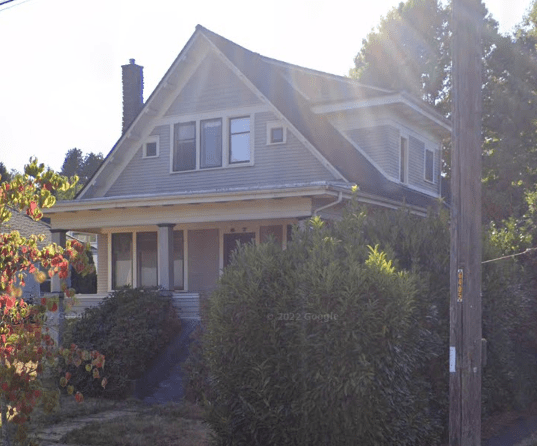XR250
Structural
- Jan 30, 2013
- 5,954
Looked at a good one the other day. A customer wanted to take out a wall in the kitchen. It appeared to be supporting a 25 foot long beam supporting 20 ft. trib of roof, a second story floor system and finished attic floor system. I was able to identify the beam as a W8 x 15 by looking through a plumbing access. For the life of me I could not figure out how a beam of this size could be supporting that kind of load over 25 foot span. The homeowner finally fessed up that there used to be a mid-span support wall, but it was removed last year. I went in the crawlspace and found a pier directly under where that beam would’ve been supported. Construction photos show (5) studs used to support the beam. Apparently that was not a red flag to the handyman. Amazingly, there was no noticeable sag in the floor system. I guess the second story exterior wall was acting as a deep beam.

